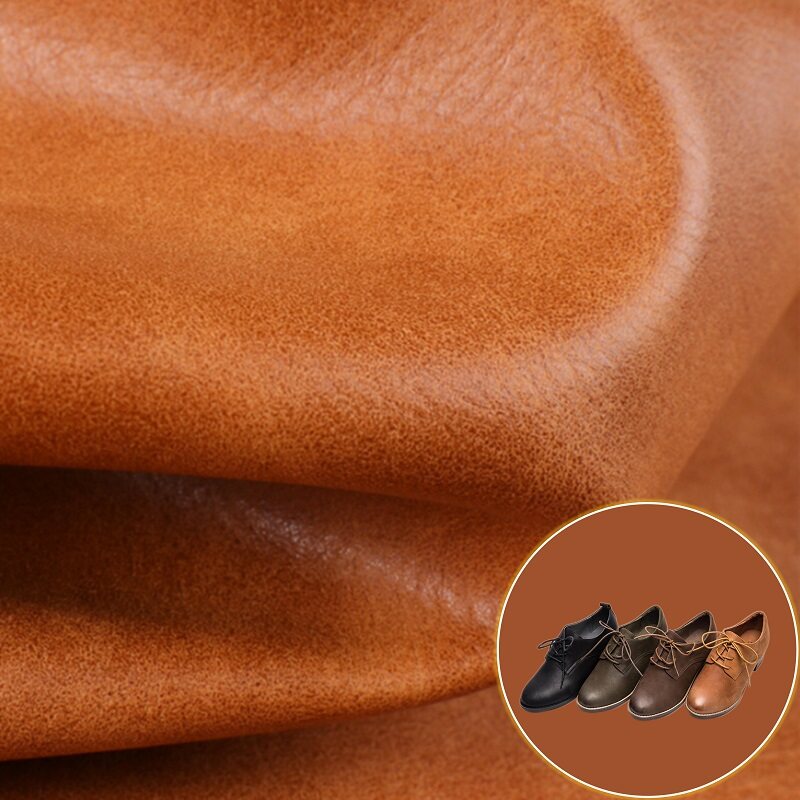Email format error
Email cannot be empty
Email already exists
6-20 characters(letters plus numbers only)
The password is inconsistent
Email format error
Email cannot be empty
Email does not exist
6-20 characters(letters plus numbers only)
The password is inconsistent

News

Are PU leather shoes good? A Comprehensive Analysis
I. Introduction
When considering the vast array of footwear options available in today's market, one might ponder, "Are PU leather shoes good?" This inquiry seeks to delve into the intricacies of PU leather, a synthetic material commonly utilized in the production of footwear. Through a multifaceted exploration, we aim to offer readers a balanced perspective on the merits and limitations of opting for PU leather shoes.
II. Understanding PU Leather
Polyurethane (PU) leather, a synthetic alternative to traditional genuine leather, comprises a blend of polyurethane and other materials. Unlike genuine leather, PU leather undergoes a manufacturing process that allows for customization of its properties. While both materials share certain resemblances, such as appearance, they diverge significantly in composition and production methods.
III. Advantages of PU Leather Shoes
Cost-Effectiveness
One of the standout benefits of PU leather shoes lies in their affordability. Compared to genuine leather footwear, PU leather options typically present a more cost-effective alternative without compromising style or functionality. This cost advantage resonates with budget-conscious consumers seeking quality footwear without hefty price tags.
Durability
Contrary to misconceptions, PU leather shoes often exhibit commendable durability. Their resistance to wear and tear, coupled with advancements in manufacturing techniques, ensures that PU leather footwear remains a viable option for prolonged use. While genuine leather boasts its unique longevity, PU leather holds its ground in terms of resilience and longevity.
Maintenance Benefits
Maintaining PU leather shoes proves relatively straightforward, making them an attractive choice for many. A simple cleaning regimen suffices to keep these shoes looking pristine, enhancing their appeal and lifespan. Moreover, the ease of care associated with PU leather alleviates concerns related to upkeep, offering convenience to busy individuals.
Water-Resistance
The water-resistant properties of PU leather shoes further bolster their appeal. In environments where exposure to moisture remains a concern, PU leather's innate resistance to water proves advantageous. Such characteristics ensure that wearers can navigate wet conditions with confidence, minimizing potential damage or discomfort.
IV. Limitations or Drawbacks of PU Leather Shoes
Breathability Concerns
Despite their merits, PU leather shoes may present challenges related to breathability. The synthetic nature of PU leather sometimes restricts air circulation, leading to potential discomfort in extended wear scenarios. Addressing this aspect requires consideration of individual preferences and specific use cases.
Longevity Issues
While durable, PU leather shoes may exhibit signs of aging faster than their genuine leather counterparts. Factors such as wear patterns and environmental conditions influence the lifespan of PU leather footwear, necessitating prudent usage and care practices. Comparing longevity aspects aids consumers in making informed decisions tailored to their needs.
Environmental and Ethical Considerations
From an environmental perspective, PU leather production raises pertinent questions regarding sustainability and ecological impact. The manufacturing processes associated with PU leather necessitate scrutiny, prompting discussions on sustainability initiatives and ethical practices within the industry.
V. Comparison with Other Shoe Materials
PU Leather vs. Genuine Leather
Drawing comparisons between PU leather and genuine leather elucidates their respective strengths and limitations. While genuine leather offers unparalleled luxury and longevity, PU leather shines in terms of affordability and versatility. Understanding these distinctions empowers consumers to select footwear aligned with their priorities and preferences.
PU Leather vs. Synthetic Alternatives
In juxtaposing PU leather with other synthetic materials, discerning consumers identify nuanced differences affecting performance and comfort. Each material possesses unique attributes, influencing durability, aesthetics, and the overall user experience. Exploring these variations fosters an appreciation for the diverse array of footwear options available.
Conclusion
In conclusion, addressing the question, "Are PU leather shoes good?" necessitates a comprehensive examination encompassing various facets of PU leather footwear. While PU leather presents undeniable advantages in terms of cost-effectiveness, durability, and water resistance, considerations related to breathability, longevity, and sustainability warrant attention. By synthesizing insights from diverse domains of knowledge, this analysis endeavors to equip readers with the knowledge needed to navigate the intricate landscape of PU leather shoes effectively. Ultimately, informed decision-making remains paramount, ensuring alignment with individual preferences, values, and priorities.

